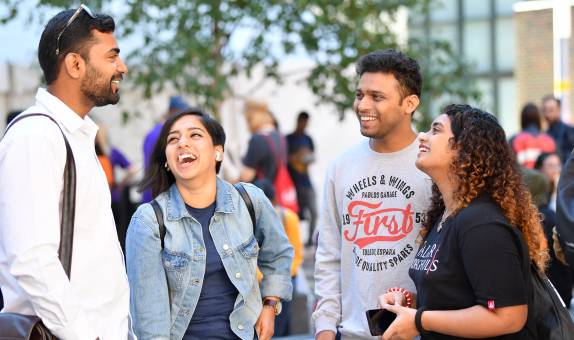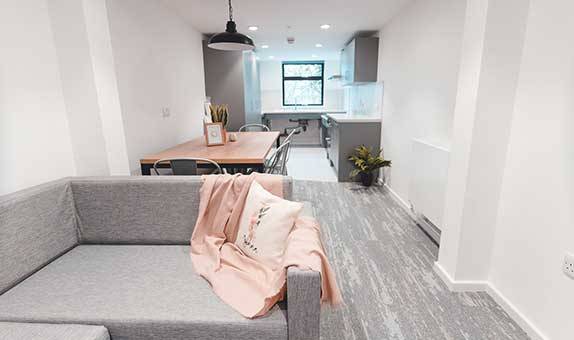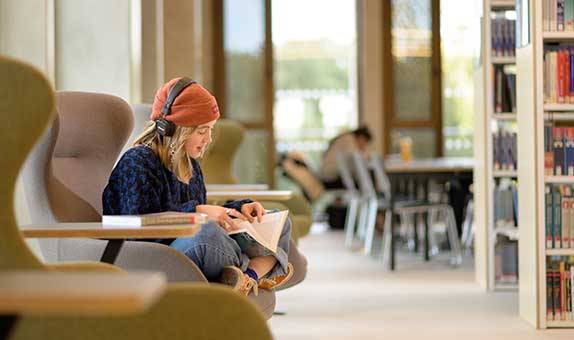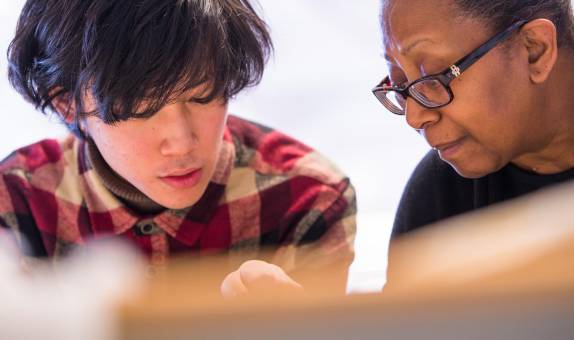Charles Dickens' The Pickwick Papers was one of the first publishing phenomena. Published in monthly instalments, its main literary value and appeal were formed by its numerous memorable characters, drawn comically, often with exaggerated personalities. Dickens was well known for acting out characters he was writing about in the mirror, then describing himself as the character in prose in his novels. He had usually observed his characters in his day-to-day life and then re-imagined for the page.
For this project we want you to take on the role of another character. It may be human or non-human, factual or fictional. Whatever you decide, you should present to us their interests and lifestyle, their likes and dislikes.
Create a short narrative portrait to take us into their lives and show us the world through their eyes. Your story could be humorous, tragic or surreal, but it must be inventive. We want you to present this as a PechaKucha-inspired video presentation. Your storytelling presentation must last five minutes and be limited to 10 images – each image being displayed for 30 seconds. You should write a script to tell the story and support the visuals and add audio for your script – or film yourself if you wish to present in character.
We don't need this presentation to describe your process of constructing your character – the story must appear to have been written in the first person, by your character, or about your character through the eyes of a secondary character – indeed, you could even present as your character! This project will show us your observational skills, narrative and storytelling, imagination, research, design and presentational skills. Please follow the structure below to guide you through your project.
Begin by researching characters and themes of interest to you. As you'll be inhabiting a character, consider looking at diarised, chronological content and how ideas and narratives are communicated through them. Consider narrative structures that might work in the time you have and the use of first, second and third-person perspective storytelling. Collate your reference and make annotations considering how you might use these structures to tell your story. Fill three A3 worksheets or 10 sketchbook pages with notes, drawings and visual reference material to support your character and narrative ideas.
Fill three A3 worksheets to test your ideas and visual elements through iteration. Start by drawing thumb-nail sketches for rough character and story ideas and iterate to consider composition and tension. Try different materials and processes such as drawing, photography, found images, collage, etc. Which works best in conveying your character and narrative in a compelling way? Aim to try at least two different material processes and document your experimentation.
Consider the shape of your story – the beginning, middle and end. Where is the tension? Where are the surprises? Five minutes is not a long time, so you can't create an epic. How do you use your time well to deliver your idea? Plan and edit your image sequence to ensure your narrative functions as you want it to. Annotate your work with notes to demonstrate your reflection and decision-making processes. Use your research to guide you and try not to rush to a final outcome. This is the part of a project where you rigorously test and challenge ideas, materials and form.
Consider the layout and composition of your images within the frame and how one image leads onto another. How do you keep the viewer engaged and curious to view the next image? Test, refine and render your final 10 images. Is your story told first-hand, are you speaking as the character? Are you communicating with, or instructing, the audience in second-person perspective? Or are you reporting on or telling the story of a character from a third-person perspective? In either case, how does the form relate to character or scenario? For instance, a character written in the first-person might write a diary, one told from the second perspective might be a sequence of instructions or feedback delivered to the reader; a character communicated in the third person may be taking the position of a report or account of observing a character.
A five-minute slide show consisting of 10 images and accompanied by a spoken narrative. You could present in character or create an audio track to accompany your slide show. Your final outcome must successfully unite content, meaning and form to present your narrative. The key is in how you position yourself as author within the story. You should also keep all supporting studies including research logs, sketchbooks and experiments.
Develop your ideas and images through research and testing; we will provide further guidance for the presentation at the start of Welcome Week. If you have any questions about the brief, contact Paddy directly on p.molloy@kingston.ac.uk








